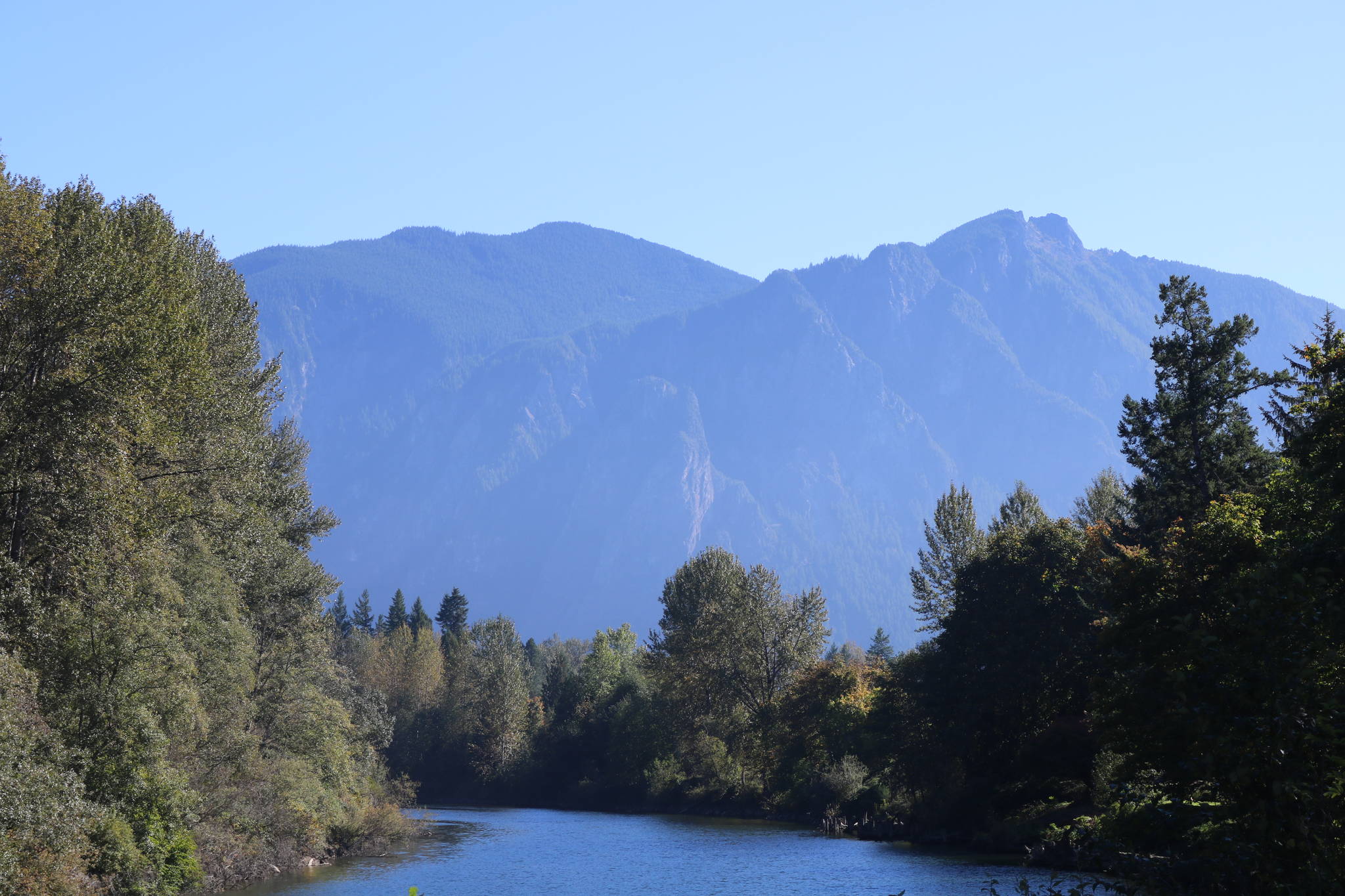Volunteers plant North Bend trees
On Nov. 6, volunteers came together at North Bend City Hall, celebrating Arbor Day by planting 40 native conifer trees.
Some 15 volunteers — including Mayor Rob McFarland, his wife Roberta and members of Boy Scout Troop 466 — rolled up their sleeves and planted 40 new trees in an unlandscaped portion of City Hall property. To maintain COVID-19 safety measures, volunteers wore masks, stayed distanced and planted the trees individually, rather than in groups.
In the future these newly planted trees will help reforest this area of City Hall property; contribute to the urban forest canopy; and provide local wildlife additional habitat in an area that might otherwise have been taken over by blackberry and Scotch Broom. — From the city of North Bend.
Flood Control District budget approved
The King County Flood Control District Board of Supervisors on Nov. 4 unanimously approved a 2021 District budget that continues to help prevent, and when necessary mitigate, the impact of floodwaters in King County without an increase in property taxes.
“I am pleased that we are able to fund critical flood risk reduction projects while holding the line on property taxes,” said Flood Control District Chair Dave Upthegrove. “We also are taking steps to improve our environmental footprint and create pathways for Black, Indigenous and people of color youth into district-related ‘green jobs.’ I am proud of the work of this board in bringing this budget across the finish line, especially as our flood season gets underway.”
The $140 million budget continues to fund efforts that streamline and expedite the district’s project planning process. With improved project delivery, the district works to ensure that vital flood risk reduction infrastructure is in place as quickly as possible.
Additionally, the 2021 King County Flood Control District budget:
■ Is built on a levy rate that is unchanged from the 2020 rate, balancing the economic uncertainty caused by the COVID-19 pandemic with the need to continue to invest in critical flood risk reduction facilities;
■ Includes new and continued work on 22 projects that were a direct result of the February 2020 flood;
■ Makes $97 million in capital investments to levees and flood protection infrastructure in the Snoqualmie, White, Sammamish, Cedar, and Green rivers;
■ Funds $27.7 million in grant programs, such as the Subregional Opportunity Fund, Cooperative Watershed Management Plan, and Flood Risk Reduction Grants;
■ Directs the use of organic compost material on all King County managed projects where applicable;
■ Dedicates funding to develop workforce pathways that create career opportunities and living wage jobs for Black, Indigenous, and youth of color on district capital projects;
■ Contributes to the Fall City Floodplain Restoration Project to help fund design on the flood risk reduction aspects of the multi-benefit project;
■ Funds a report outlining potential options for comprehensive flood risk reduction facilities and strategies on Issaquah Creek; and
■ Declares the district’s commitment to multi-benefit projects that protect local communities and the health of the environment. — From King County.
North Bend lights
The city of North Bend has begun putting up holiday light displays. Lights will be installed soon along with street trees ahead of the winter holidays.
Rain, rain, rain
A wet weekend is projected for the valley, with chances of lightning on Saturday, Nov. 14. Floodzilla is projecting high flows on the Snoqualmie River to peak on Sunday, Nov. 15, although as of Nov. 10 there was no projected flooding. This could change by Friday, Nov. 13. River conditions can also be checked at the Snoqualmie Valley Preservation Alliance Floodzilla page.
2020 Forest Plan
The Washington state Department of Natural Resources has released its 2020 forest plan, which outlines steps the department will take to preserve and protect forestland statewide. Ongoing threats to forests include disease, pests, drought and stresses from climate change.


